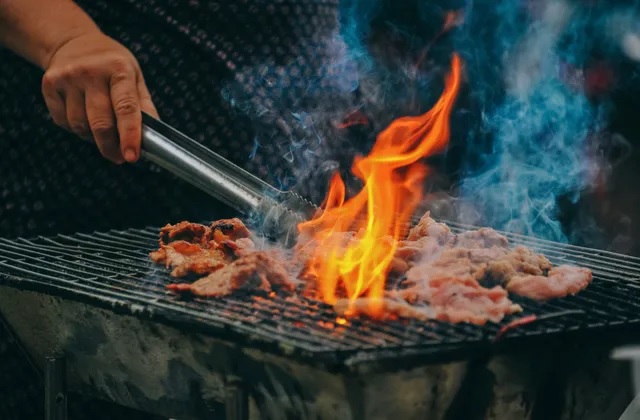You’ve spent hours babysitting the smoker, the smell of wood and spice curling into the air, thinking you’re about to pull off a great slab of pork. But when you finally slice in, something’s missing. The texture feels off, the flavor falls flat—it’s clear the meat wasn’t quite ready.
Smoking pork isn’t just about time and temperature. It’s about reading the signs, knowing when the meat has crossed from good to unforgettable. A perfectly smoked pork shoulder should practically fall apart, full of deep, smoky flavor and melt-in-your-mouth tenderness. Spotting the clues that it needs more time can be the difference between a backyard masterpiece and a forgettable plate.
Visual Clues That Show It’s Not Ready Yet
Looks matter when smoking pork. A good bark—deep brown and crusty—means the meat’s had enough heat and smoke. If that layer isn’t there, it probably needs more time. You can also look for connective tissue. As pork cooks, these fibrous parts start breaking down and become more noticeable, signaling proper cooking.
Moisture on the surface also says a lot. A shiny look usually means juices are still locked in, while a dry surface might suggest it’s not fully cooked. If you don’t see bark or moisture, give it more time in the smoker. Along with those signs, checking the pulled pork temp can give you one more confirmation that it’s not ready yet. A quick check for those two things can help you get it right.
Texture and Resistance During Probing
Touch is key for judging smoked pork. A gentle poke with a probe or fork can tell you a lot. If you feel resistance, the meat’s not done—it means the muscle fibers haven’t softened enough. Good smoked pork should give in easily when pressed, with little or no pushback, similar to how warm butter yields under a knife.
If it feels tight or firm, it likely needs more time. That means the fat and connective tissues haven’t melted down properly yet. You might also notice that the probe drags slightly or meets a bit of bounce-back when inserted. These feel-based clues help you fine-tune your technique. Soft, tender meat that falls apart is what you’re going for.
Fat That Hasn’t Rendered and Internal Color
Fat plays a big role in how smoked pork tastes and feels. Look at the fat to know if it’s been in the smoker long enough. If it looks opaque or rubbery, it hasn’t melted down enough yet, and that means a chewy bite. As it cooks, fat should become see-through and creamy, adding rich flavor.
A pink smoke ring in the meat shows good smoking. If it’s missing, the pork likely hasn’t absorbed enough smoke. You might also see a gray color inside instead of the usual rosy tone, which signals limited smoke contact. These details—fat texture and color—help guide adjustments during the cooking process.
How the Pork Pulls Apart
Pulling pork should feel effortless. When it’s ready, the meat separates with a gentle tug, the fibers loosening without a fight. If it clings together or breaks into dense chunks, it needs more time for the connective tissue to soften.
Well-smoked pork falls apart into tender, juicy strands—ideal for sandwiches, tacos, or eating straight from the board. The way it behaves in your hands tells you more than any timer can. Shredding should feel natural, not forced. If you’re still wrestling with it, let it ride the smoke a little longer.
Smell and Flavor Letdowns
Your senses tell the truth when it comes to smoked pork. A deep, woodsy aroma drifting from the smoker means the meat has spent enough time soaking up flavor. If the scent is faint, metallic, or oddly sharp, chances are it hasn’t been in the smoke long enough. That missing depth in the smell is your first clue something’s off.
Taste backs it up. When the flavor feels thin, muted, or lacks that signature smoky punch, the pork needs more time to develop. Rich, layered notes take hours to form. Let the meat stay in the smoke until the flavor speaks up with confidence.
Smoked pork tells you when it’s ready—you just have to pay attention. A dark, crusty bark, fat that’s turned silky, and meat that pulls apart without effort are clear signs you’ve hit the sweet spot. If the pork still feels tight, looks pale, or smells faint, it’s asking for more time. Trust what you see, feel, and smell rather than relying only on the clock. Good smoked pork doesn’t rush. Every extra moment in the smoker builds flavor, softness, and that rich, smoky bite people remember long after the meal is over. Let patience turn good into unforgettable.
